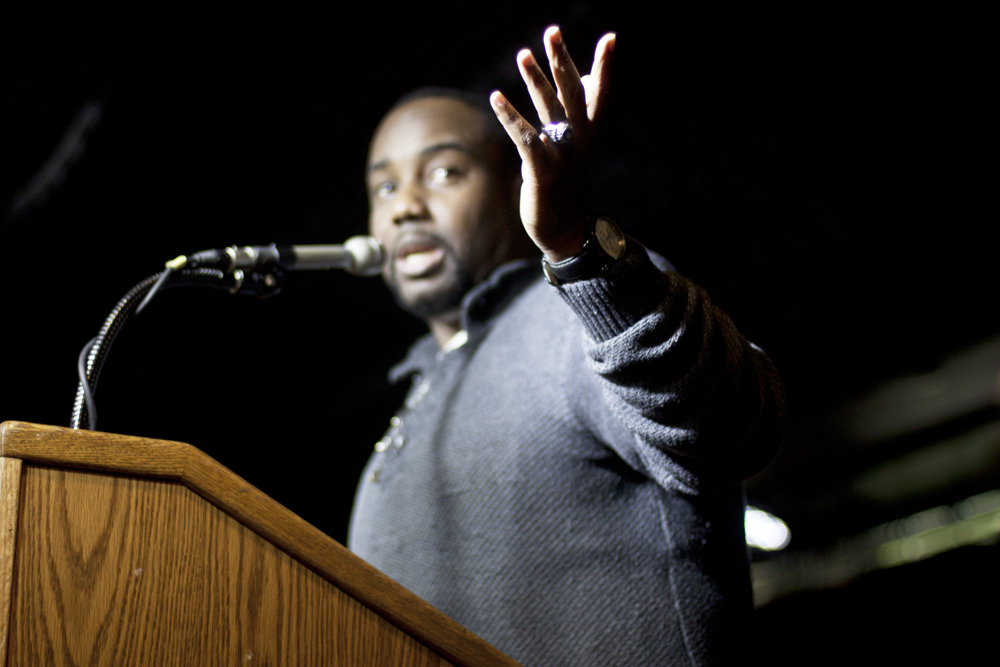Nader’s massive ego roils the political waters and could foil a Kerry victory
There can only be two explanations for Ralph Nader’s ill-advised decision to run for president as an independent.
The first is that he was kidnapped by Bush campaign mind-control specialists and was programmed to run against his will.
The second is that Nader, like other unfortunate third-party presidential candidates of the past, has succumbed to narcissism, does not know how to bow out of politics gracefully, and aims to be a spoiler in an extremely crucial election year. Alas, for poor Ralph, the latter would seem to be the case.
In 1996, Ross Perot, who ran a surprisingly strong third-party campaign for president in 1992 and received 19 percent of the popular vote – likely costing George H.W. Bush the presidency – decided to enter the presidential sweepstakes once again.
He received only 8 percent of the vote because by 1996, the country had been there and done that with Perot. His second run in 1996 was more of an irritant than a serious candidacy.
Nader also ran in 1996 as the Green candidate and received less than 1 percent of the vote. Perot got the message and made 1996 his last campaign. If only Nader had followed suit, Bush would not be president today.
However, in all fairness to Nader, 2000 presented a legitimate reason for him running. After all, Vice President Al Gore decided to run with Joe Lieberman, a quasi-Republican who was elected to the U.S. Senate from Connecticut with conservative publisher William F. Buckley’s help.
Nader and the Greens had every right to be suspicious of a Democratic ticket that looked like it was Republican Lite. And 2.8 million Americans agreed with Nader and voted for him. But in Florida, which Bush “officially” won by 537 votes, Nader’s 97,000 votes denied the state to Gore. In New Hampshire, which Bush won by a little more than 7,000 votes, Nader’s 22,000 votes also tipped the scales to the GOP.
OK, Ralph, lesson learned.
Politically speaking, however, 2004 is not 2000. Leading Democrats, including John Kerry, John Edwards, Al Gore and Ted Kennedy – thanks largely to Howard Dean’s veracious campaign – have all come out firing on Bush on every front: the phony reasons for going to war in Iraq, tax cuts for the super rich, a policy of eco-destruction and his failure to push for health insurance for 40 million uninsured Americans.
Nader believes that a huge gulf exists between him and the Democrats and that there is no real difference between the Democrats and the GOP. He’s just plain wrong. He even has delusions that conservatives who are upset with Bush will vote for him instead.
Now that the country has been severely damaged domestically and internationally by four years of Bush-Cheney, Democrats, independents, Greens, Libertarians, and even a few moderate and liberal Republicans are uniting behind the Democratic ticket.
The Democrats will turn out their base in November and a Democratic administration will, out of sheer necessity, tap into all of its support groups, including the Greens, to join the government and help repair the damage done by Bush and Cheney.
Nader is fast approaching a political ground zero and on his present glide path he will soon join fringe perennial presidential candidates Lyndon LaRouche, John Hagelin, Earl Dodge, Leonora Fulani, Gus Hall and Norman Thomas in the footnotes of American political history.
There is still time for Nader to reconsider, save himself a lot of time and money, salvage his legacy, and help elect a Democratic president to put the ship of state back on a steady course.
Wayne Madsen is co-author of “America’s Nightmare: The Presidency of George Bush II.”
Distributed by Knight Ridder/Tribune Information Services




